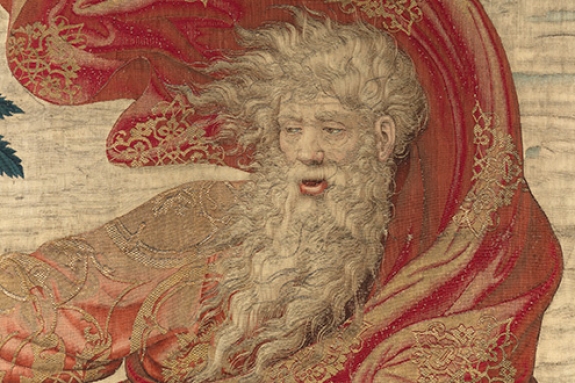The name Pieter Coecke van Aelst, though plenty illustrious-sounding, is not widely known — or at least, according to the curators behind his current exhibition at the Metropolitan Museum of Art, not nearly as well known as it ought to be. A Netherlandish artist-of-all-trades active in the early- to mid-16th century, Coecke was a contemporary of Raphael, supported the fledgling Pieter Bruegel the Elder (who would go on to marry Coecke’s daughter), and was collected competitively by King Henry VIII and Cosimo de Medici, among others. And still, he is often relegated to the annals of art history. The Met’s “Grand Design: Pieter Coecke van Aelst and Renaissance Tapestry,” on view through January 11, 2015, represents his first-ever major solo exhibition.
Of course, part of Coecke’s lesser notoriety may be connected to that of his primary medium.



